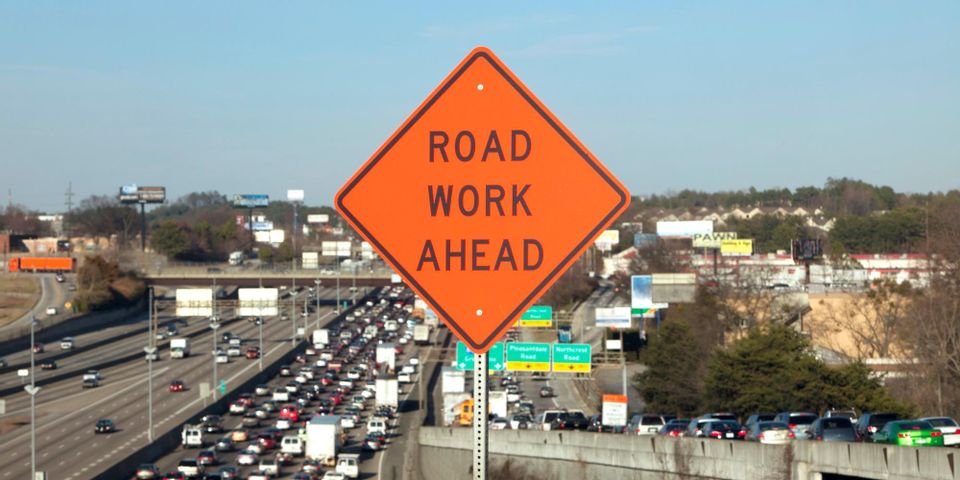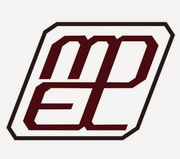
You will see countless traffic signs of different colors, shapes, and designs as you walk, drive, or bicycle down any street. They are so much a part of everyday life that people often take them for granted. However, these signs are put there by a civil engineer to promote safety and direction for everyone who uses the street. Here’s what you should know about traffic safety as a developer.
What They Do
Traffic signs serve a variety of purposes. Permanent signs may be installed to warn drivers of potential dangers and tell them how to drive safely in relation to those around them. These include speed limit, stop, yield, one-way, no entry, and lane change signs, such as merging or splitting.
 Route markers tell drivers where they are and how to get where they’re going, such as road name markers or exit markers on the highway. Some tell pedestrians where to walk and warn drivers to look out for pedestrians, such as crosswalk markers, school crossings, children at play, and cyclist signs.
Route markers tell drivers where they are and how to get where they’re going, such as road name markers or exit markers on the highway. Some tell pedestrians where to walk and warn drivers to look out for pedestrians, such as crosswalk markers, school crossings, children at play, and cyclist signs.
Other signs are temporary and warn of unusual changes to the road. Some will provide a temporary change in the speed limit in a construction zone and warn of doubled fines for traffic violations in these areas, while others warn of upcoming construction so that drivers can look out for cones or workers. Other temporary signs may warn of lane closures or a traffic stop.
How Civil Engineers Use Them
A civil engineer is responsible for keeping traffic moving as safely and efficiently as possible. This means they conduct extensive research into the area and traffic patterns to determine the best way to lay out the signs. They look at accident studies, speed studies, traffic volume and flow studies, and where people park.
They consider the unique factors of the area. For example, a college campus or a downtown area will have much more pedestrian traffic than the average street. For these areas, they’ll add more crosswalks, stop signs, and keep traffic moving at a slower pace to accommodate those pedestrians.
They’ll place the signs in areas that are easily visible, avoiding spots such as behind trees or blind corners. They’ll give people plenty of warning so that they have time to see the sign and understand what it means. For example, those driving at high speeds on the freeway require a directional sign to be further up the road so that they have time to slow down or move over.
If you’re developing land and need civil engineers to design a traffic system, contact Mid-Penn Engineering in Lewisburg, PA, and throughout the Central Susquehanna Valley. They provide accurate land surveying and traffic studies to clients throughout Central Pennsylvania and the surrounding area. Learn more about their services online, or call (570) 524-2214 to schedule a consultation.
About the Business
Have a question? Ask the experts!
Send your question

